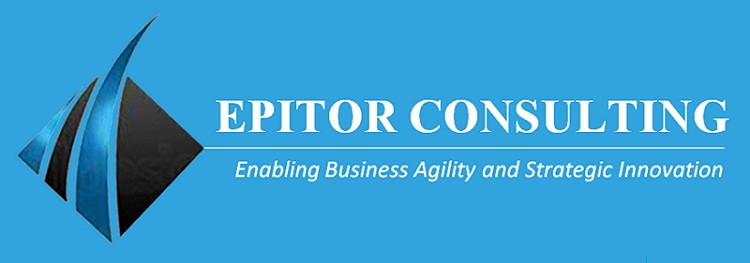
Top 5 Transition Risks and How to Mitigate them
Top 5 Transition Risks and How to Mitigate them – IT Best Practice Series
When going to market for services and engaging new service providers there is tendency to focus on value and often times supplier transition is not considered as important as price, performance or added value. Picking a supplier that has a proven transition performance record as well as assigning an experienced IT transition project management team is critical to service transition and service delivery success.
Here are the Top 5 Service Transition Risks and Mitigation Strategies:
1. Risk of: Schedule Delays
Schedule delays drive up transition costs and expected benefit realization is delayed.
Mitigation Strategy: Develop a transition strategy that outlines a stepwise schedule approach that tests transition readiness increasing scope and complexity as specific milestone criteria are met.
2. Risk of: Service Costs
Service costs increase after contract due to “hidden service demand”
Mitigation Strategy: Employ a rigorous due diligence approach to understand current demand drivers and service management requirements. This approach aligns in-scope baseline costs against time and material out of scope costs and accurately forecasts future service costs ensuring that accurate baselines are established with the service provider during contract negotiations.
3. Risk of: High Demand Skill Sets
High demand skill sets that are difficult to source in the market can impact service providers’ ability to staff.
Mitigation Strategy: Evaluate the relative complexity of the current and future business processes to identify the specialized resources needed to support day-to-day operations. Make specific HR adjustments to mitigate the impact of critical resources leaving the organization (if applicable).
4. Risk of: Quality of Service (QOS) Degradation
Quality of Service (QOS) degradation after contract execution
Mitigation Strategy:Establish service level management best practices that incent the most important service objectives for the business. Activate governance in the first month during transition and establish governance procedures. This approach minimizes QOS degradation and provides contract mechanisms for financial relief.
5. Risk of: Managing Service Provider Effectiveness
IT and the VMO struggles to manage service provider effectiveness and is unable to remediate service provider performance
Mitigation Strategy: Build an effective contract governance model that will ensure that:
IT retains adequate control of their IT services
Responsibility and commitment are accepted values between the service provider and client
Performance and improvements are continually measured in quantity and quality
Both partners strive to enhance efficiency and excellence
Partners cultivate a stable and trustful relationship
Each of these risks should be addressed as part of the service requirements when sourcing services and should be factored in as part of the supplier selection process. Mitigating transition delays is essential in integrating a new supplier as well as minimizing service interruptions that can be caused by a poorly planned transition.




